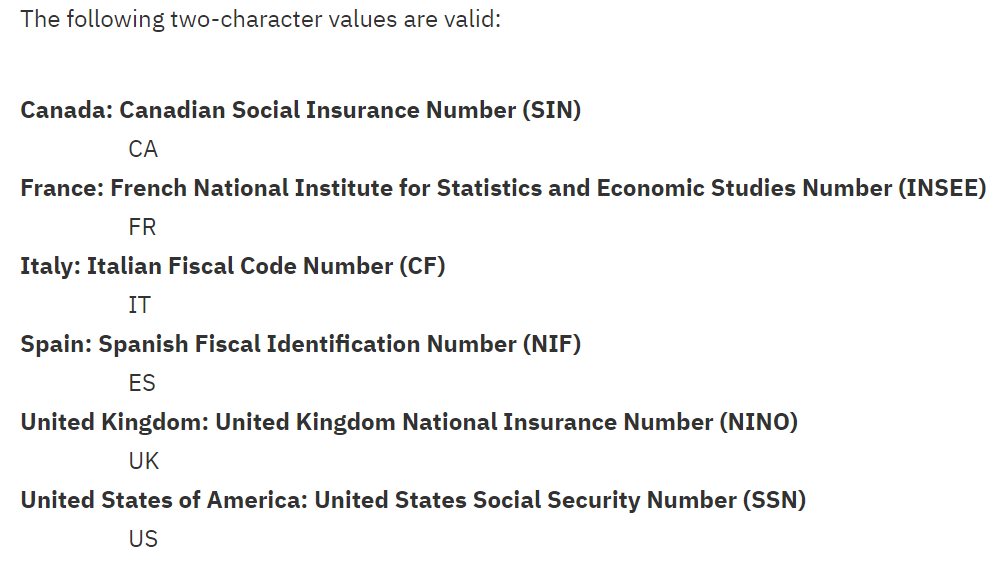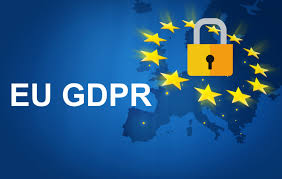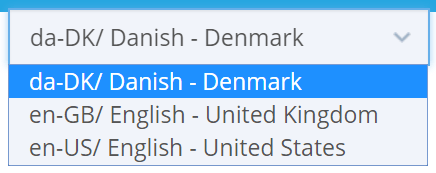Polls are popular on LinkedIn and I have been a sinner of making a few too recently.
One was about what way of presenting data (data format) that is the most annoying.

There were the 4 mentioned above to choose from.
The MM/DD/YYYY date format is in use practically only in the United States. In the rest of the world either the DD/MM/YYYY format or the ISO recommended YYYY-MM-DD format is the chosen one. The data quality challenge appears when you see a date as 03/02/2021 in an international context, because this can be either March, 2 or 3rd February.
The 12-hour clock with AM and PM postfix, is more commonly in use around the world. But obviously the 12-hour clock is not as well thought as the 24-hour clock. We need some digital transformation here.
Imperial units of measure like inch, foot, yard, pound, and more is far less logical and structured compared to the metric system. Only 3 countries around the world – United States, Myanmar and Liberia has not adopted the metric system. And then there is United Kingdom, who has adopted the metric system in theory, but not in practice.
The Fahrenheit temperature scale is something only used in the United States opposite to Celsius (centigrade) used anywhere else. When someone writes that it is 30 degrees outside that could be quite cold or rather hot if there is no unit of measure applied.
Another example of international trouble mentioned in the comments to the poll is decimal point. In English writing you will use a dot for the decimal point, in many other cultures you use a comma as decimal point.
Most of the annoyance are handled by that mature software have settings where you can set your preferences. The data quality issues arise when these data are part of a text including when software must convert a text into a number, date or time.
If you spot some grey colour (or is it color) in my hair, I blame varying data formats in CSV files, SQL statements, emails and more.





 The upcoming application of the EU General Data Protection Regulation (GDPR) is an attempt to harmonize the data protection and privacy regulations across member states in the European Union.
The upcoming application of the EU General Data Protection Regulation (GDPR) is an attempt to harmonize the data protection and privacy regulations across member states in the European Union. When working with
When working with 
 While this quote rightfully emphasizes on that a lot of money is at stake, the quote itself holds a full load of data and information quality issues.
While this quote rightfully emphasizes on that a lot of money is at stake, the quote itself holds a full load of data and information quality issues.
 Now, the focal point of Product Data Lake is not the exciting world of address data quality, but product data quality.
Now, the focal point of Product Data Lake is not the exciting world of address data quality, but product data quality.